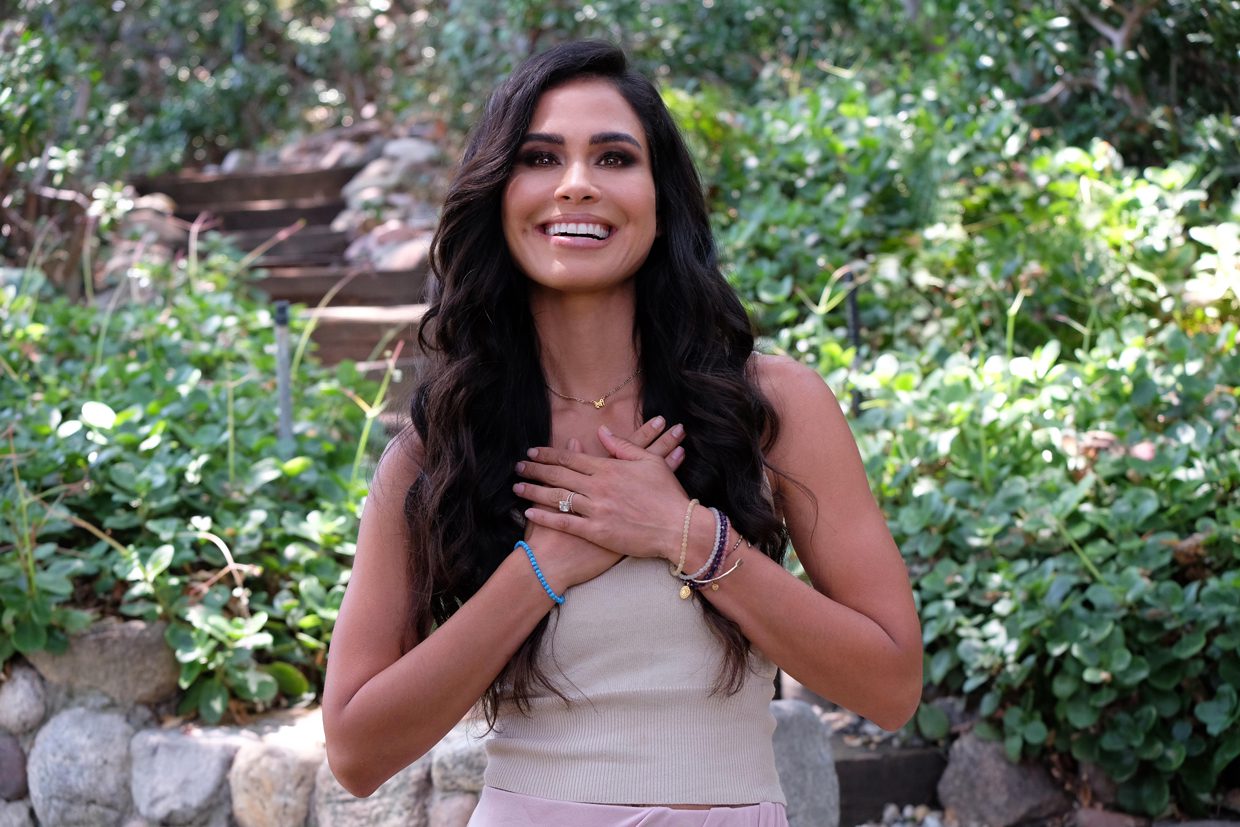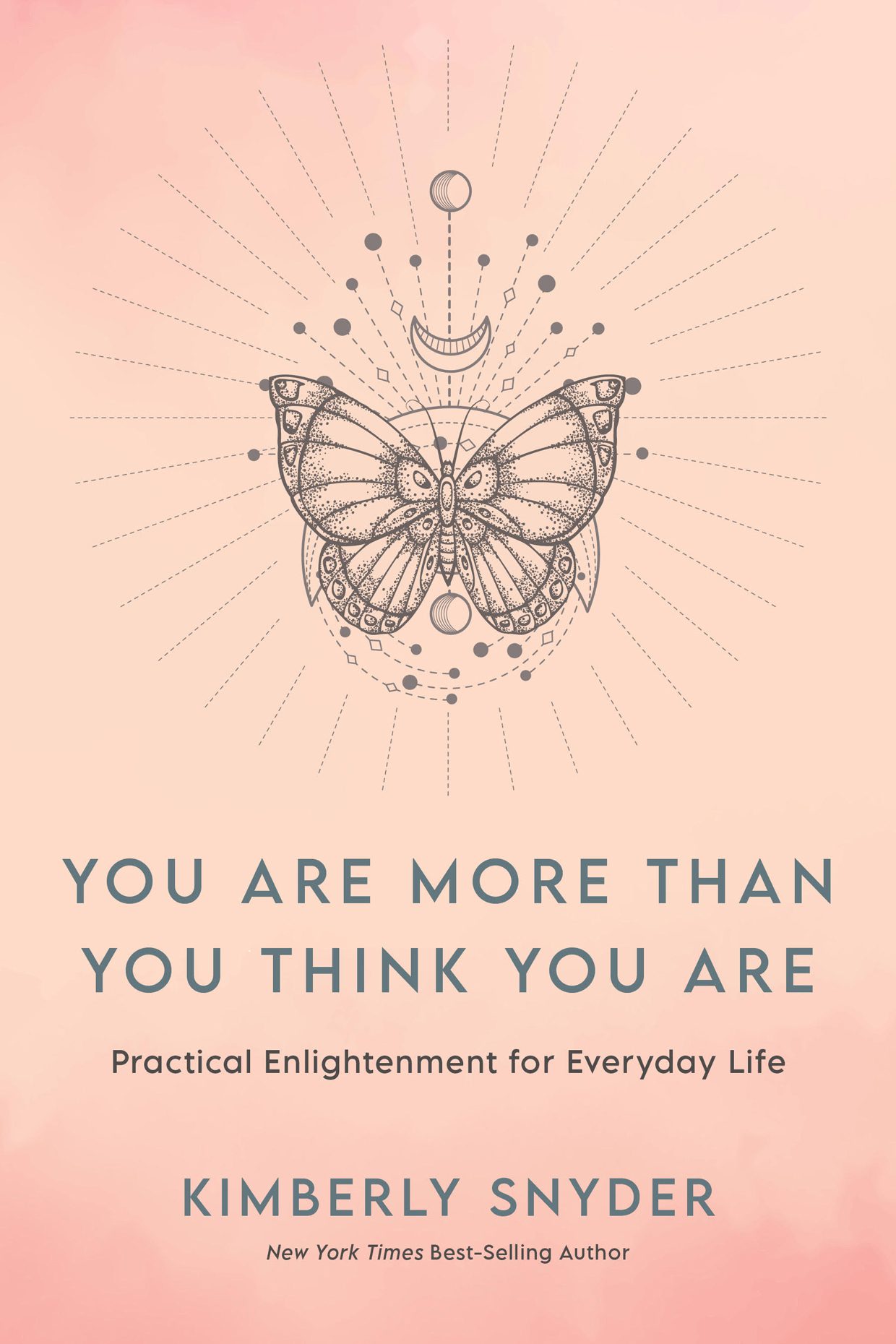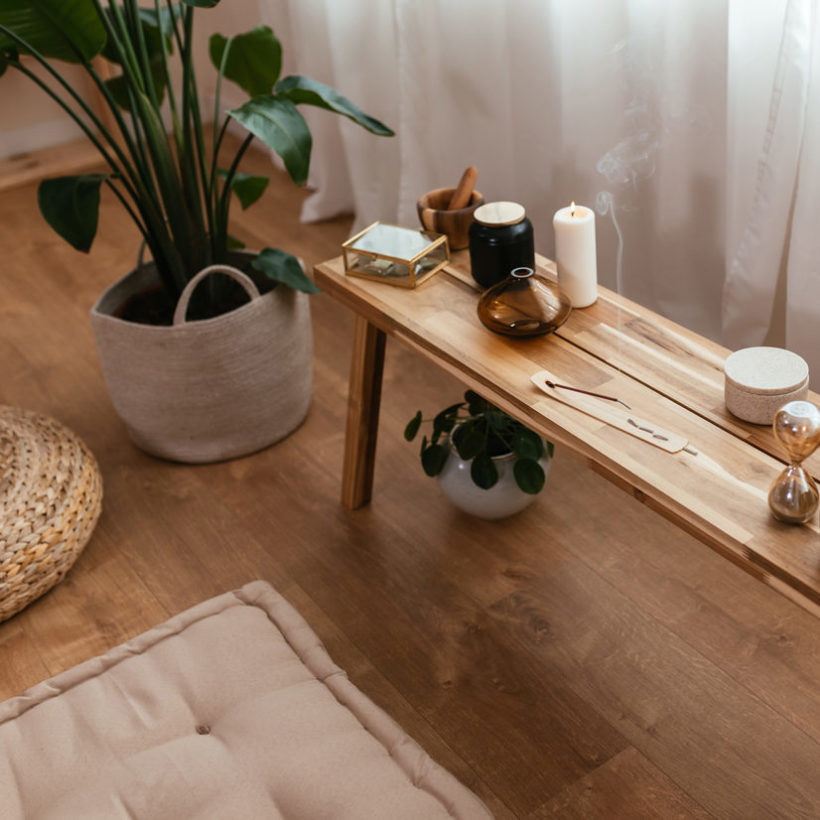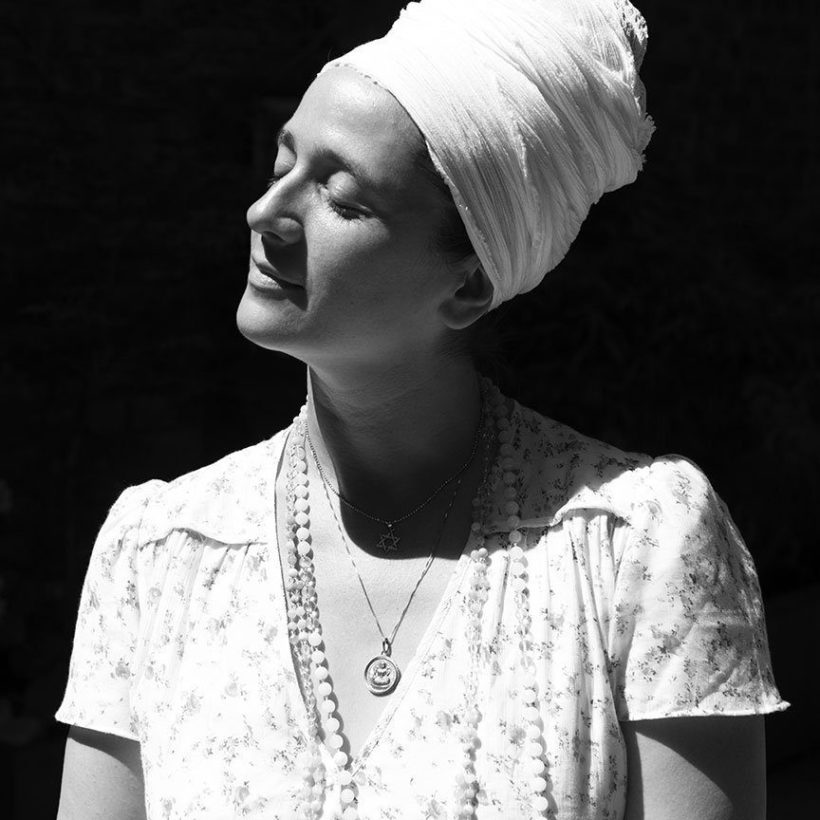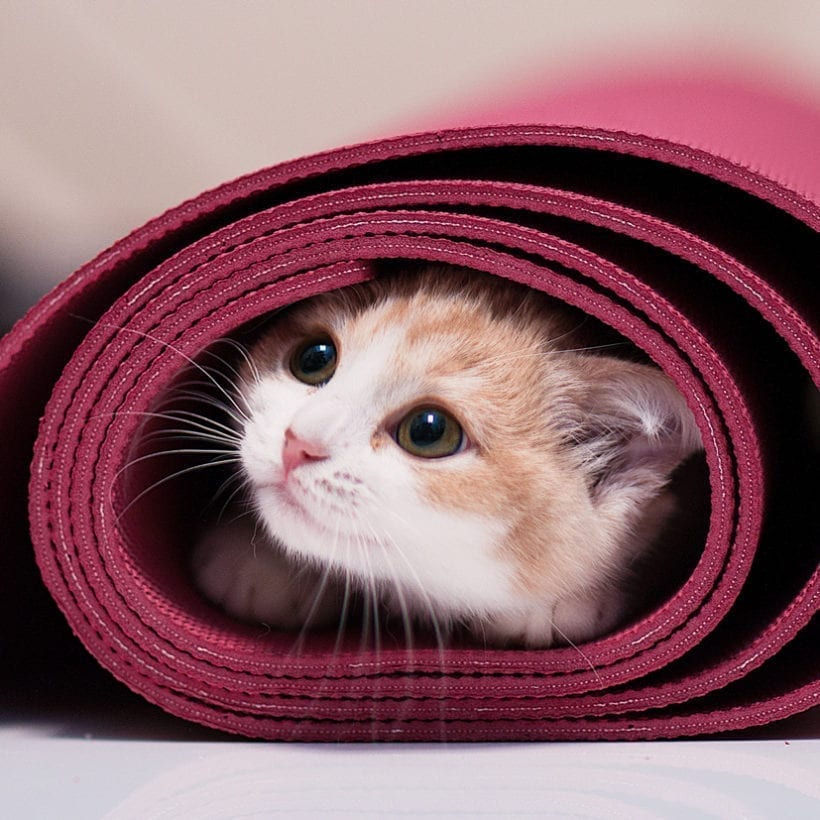If you’ve ever had the feeling that you’re not smart enough, rich enough, or good-looking enough — you’re not alone. A recent poll shows that one in five Americans reported low self-esteem during the pandemic. As people deal with past regrets and shame, feelings of self-doubt are coupled with new health issues due to COVID-19, limited social gatherings, financial instability, and the winter doldrums, so it’s no wonder it’s challenging to find ways to feel good about ourselves.
But, perhaps there’s a way to turn things around, according to Kimberly Snyder. We sat down with the three-time New York Times best-selling author, entrepreneur, spiritual and meditation teacher, and host of the Feel Good podcast to discuss her new book, You Are More Than You Think You Are: Practical Enlightenment for Everyday Life (launching January 25). She uses the teachings of guru Paramahansa Yogananda to help us drop the baggage that prevents us from fulfilling our greatest dreams and desires. Using her own stories and experiences, plus the latest research to offer exercises, meditations, and prompts, her book aims to overcome negative thought processes and see your True Self as you are. Discover her enlightening insights below.
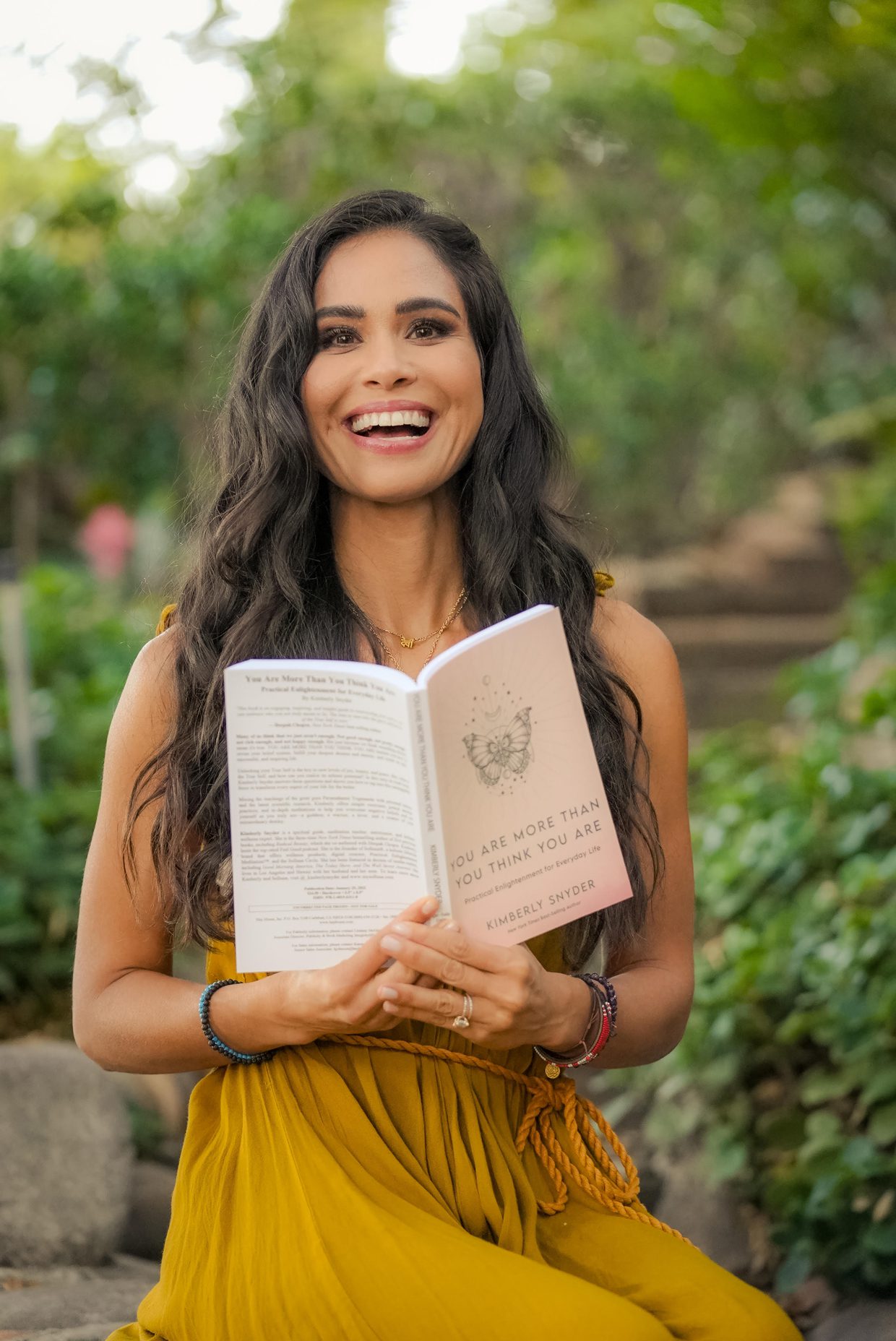
At the beginning of your new book, you discuss how you struggled with self-esteem when you were growing up. What contributed to those feelings?
Kimberly Snyder: We all come into different situations in our childhood, but I think most of us can say that our parents were really doing their best. I had amazing parents and they loved me very much. But, we’re all human. We had limited ways of communicating and in my childhood, I often felt like I wasn’t truly seen or heard. So much of my self-worth came from externals. Grades were a really big factor for me and I was a perfectionist. It was something I could show and tie back to my worth. There was also my body. I had eating disorders in high school and it was all about controlling how I looked to other people.
How did your outlook on your self-worth start to change for you?
KS: I started backpacking — it ended up being for three years — and the country that had the biggest impact on me was India. I went there for three months the first time, but it was the second time I visited where I learned about Paramahansa Yogananda’s teachings. I got his book from this little local bookstore and it awakened me to the reason I was struggling so much. I was feeling so confused and kind of just walking around with this underlying sense of anxiety all the time. I was over-identifying with the ego and ego was this shell — the ego is not who we really are. The ego is a part of us, but it’s not everything. And after I picked up his book, I started to understand that there’s this inner resource inside of all of us. It’s often dormant because we identify with the ego. But, once I started to learn how to work with the True Self and connect to it, everything in my life really shifted. That’s why I’m so passionate about sharing this because I know that this can really help people.
I’m going to generalize here and say that most people in America have only a basic understanding of yoga, not the holistic approach. Can you introduce what you’ve learned about Yogananda’s principles?
KS: In the West, we tend to oversimplify and we don’t always take the full holistic appreciation of something. Yoga is a perfect example of that. In the Western world, we go to a yoga studio and all you’re doing is physical poses, but that’s not really what the end goal is supposed to be. If we think that’s all that yoga is, we’re just not going to get the full, incredible benefits that are available to us. The word yoga means union — we’re yoking our soul to divine consciousness. We’re yoking it to all expansion. Meditation is also oversimplified [in the West]. It’s not just about relaxing and visualizing a happy waterfall, although that can be great, it’s more about going from your peripheral nervous system to your central nervous system, right into your spine, in your brain, concentrating the energy inside of you, and connecting to Source. When you do that, you start to activate what Yogananda calls Dynamic Will.
What do you hope that readers get out of these practices?
KS: True yoga and true meditation align us back to the True Self. That is the place where we unleash our full power. That is the place where we are able to create and manifest and feel deep peace, joy, and success, which is so tied to fulfillment and inner peace. So, that’s what yoga can give us.
Your book touches on the concept of women’s circles. How did it help you on your journey and where can fellow women find one?
KS: I believe that we need to show up for each other and to support each other on our journeys and share. When I started the blog over 10 years ago now, it’s always been about sharing connections and support. Community is very important and we are mirrors to each other. The point of the circle is to come together, be vulnerable, grow, and evolve. One of my favorite things that I offer is the Solluna Circle. It’s this beautiful online community. We meet once a month on Zoom and we have people coming from many different countries. Through the app, you can also get journal prompts and recipes. We tackle topics like cultivating abundance or avoiding burnout or manifesting success. Whatever it is, there’s a theme and we go deep every month. We’re not meant to be on this journey on our own and Yogananda does talk about soul friends. He talks about the importance of real connections, a real friendship that comes from this place, not from having this whatever ego interest, but really just being here for each other, so that’s what the circle’s about.
Your book discusses True Beauty — and feeling confident and comfortable in your own skin. What’s your stance on people using beauty products or changing your look, but also staying true to their inner beauty?
KS: There are two parts of us: The human part of us that is becoming, evolving, making mistakes, and stumbling along. Then there’s the True Self part of us, that’s here. We can tap into this part of us. True self-love means that we understand that we are both at the same time. So we have this human part of us as well and we feel compassion for that part of us. The human part of us is always going to want to look good. So my perspective on using products to amplify your look is that it’s great. I wear makeup myself. At the same time, from the egoic perspective, we don’t put our worth in what we look like. We don’t think that beauty is solely based on these external features. In the chapter in the book, “You are Beauty,” I talk about the degree to which we are connected to this True Self inside of us. That’s what makes someone authentically beautiful. You will age, you might get a bunch of wrinkles. However you look externally, if you’re connected, the sense of peacefulness, comfortability, naturalness, and love emanates out. That’s what makes you truly beautiful. At the same time, we can use products and also look good, too. They don’t have to be in conflict, as long as we don’t over-identify with — or put our full worth in — the external.
Meditation is the most important part of reaching enlightenment. What is your advice for people who have a hard time staying consistent with their practice?
KS: We can’t learn to scuba dive or bicycle the first time you do it. You need to spend some time. So just be consistent, even if it’s the practical enlightenment meditations I put out every week. It can be five minutes a day at first. Keep showing up for yourself. Figuring out your motivation for why you’re doing it will help support you. Then over time, you’ll see that it’s becoming more effective.
Do you have any tips on creating the perfect meditation space?
KS: The environment is very important. Energy builds over time. When it comes to your meditation space, the first thing you want to figure out is whether you’re more comfortable sitting cross-legged or sitting in a chair. It doesn’t matter either way just as long as you are able to be in a position where you could hold your spine up. Ideally, your meditation space would be in the same place every day. It can just be this corner of a room where you set up either a cushion that can elevate your hips up if you’re sitting on the floor or it can just be a chair. Then, have a focal point in front of you — I call it an altar. It can have a candle, a crystal, or any other items that feel sacred to you, which help to just create the sacredness of the space. It doesn’t have to be elaborate — it can be a rock or a picture frame that just shows this is a special place. Also, it should be quiet, if possible. If not, maybe you put on noise-canceling headphones or you have some white noise. Those are your ingredients.
We only recommend products we have independently researched, tested, and loved. If you purchase a product found through our links, Sunday Edit may earn an affiliate commission.
